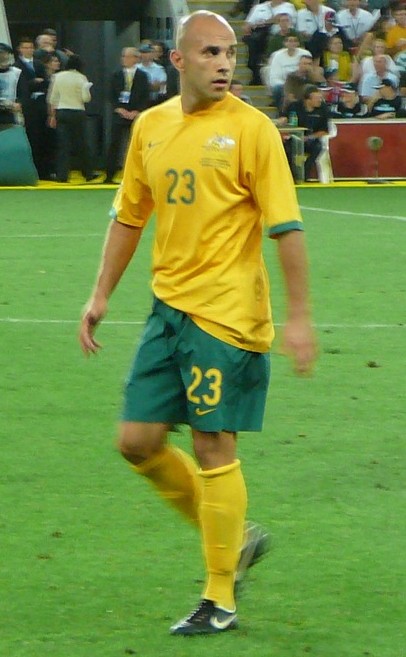The English FA Cup has long been
thought of as the crowning jewel of that nation’s football season. For a country
in which the term “second season” usually has a
very different meaning,
a cup competition interspersed amongst the sweaty buildup to the season’s final
days is meant to provide the most tangible drama available before everyone
takes a nice Bex and retires for a three-month long siesta.
This year’s Cup Final will be
played today at Wembley, and features an Arsenal team that hopes to break a
nine-year title drought and Hull City, whose trophyless dates back to 1965-66
when they triumphed in England’s third tier.
Hull City come into the games as palpable
underdogs and haven’t won since the 5th of April. That victory took
them to twelfth in the Premiership before more recent results have slipped the
club to sixteenth and within sight of relegation. The club’s two most potent
attackers, strikers Nikica Jelavic and Shane Long, are both ineligible for the
matchup after having already played FA Cup matches this season for Everton and West
Bromwich Albion.
.jpg) |
I'm a Tiger! Raawr!
courtesy: eng.wikipedia.org |
Their replacements will likely be
Yannick Sagbo and Matty Fryatt, journeymen players whose best hope will be to
capitalize on any potential poacher’s chances that come their way. This is football
writer’s code for “not as good as the other guys”.
Manager Steve Bruce is likely to
field a team that revolves around a midfield more balanced than most in the
Premier League; the club’s midfield trio include Tottenham expats Tom
Huddlestone and Jake Livermore with Slovenian mainstay Robert Koren. The crown
jewel undoubtedly Huddlestone (no, not
Loki),
whose ability to spray accurate, lengthy through balls betwixt defences remains
somehow unmissed by England bos Roy Hodgson.
The Tigers have more than a
modicum of hope, however. Few teams have been as capable of mental
disintegration over the past decade as their opponents, The Arsenal. This
iteration of the Gunners however has a few pieces that were missing in former
years, namely central midfielder Aaron Ramsey’s A-game and the second-striking
wizardry of Mesut Ozil.-
After all the hype that (probably
fairly) accompanied his arrival at the Emirates stadium, Ozil has been a
disappointment in 2013-14. It says much of the fabled German that most of his
influence has come about as a result of his presence rather than as a result of
appreciable moments of pure skill; manager Arsene Wenger should certainly hope
that all his featured player requires is a stage with sufficient exposure.
Ozil’s relative absence has been
made up for in part by the barnstorming season experienced by Aaron Ramsey. He
last played in an FA Cup final with Cardiff City in 2008 only weeks before his
transfer to North London and has waited several years
for his health to catch up to
his talent. With a defence led by Per Mertesacker and Laurent Koscielny far
improved from seasons previous, elimination games tend to highlight Arsenal’s real
point of weakness – their aforementioned tendency to freeze.
While theories abound, no-one can
quite explain why a team with as much footballing nous as the Gunners tend to
freak out when finding themselves in positions of power. Popular hypotheses include
them buying too far into Wenger’s we-are-a-young-team Kool-Aid, that the men in
red “sense the occasion” (in the bad way), or that they just don’t know how to
win. The distinctive proof of the club’s poor record in big matches than the
2009 League Cup Final, where they lost to Birmingham City – a team who would then
be relegated.
The similarities between the two
situations are all too obvious for Gooner fans.
The match will likely be a close
one – not since 2003-04, where Manchester United spiflicated
low-riders
Millwall, has the FA Cup Final produced a margin of over a goal. This, and
the presence of difference-makers like Ozil, Ramsey and Huddlestone, adds to
the promise of a great match.
Prediction: Hull City 1-1 victors on penalties, with Tom Huddlestone Man of the Match.


.jpg)
